Kazuyo Sejima and Ryue Nishizawa on harmony, nature and their RIBA gong
The SANAA duo are celebrating their RIBA Royal Gold Medal 2025 in London today, and talked to us about self-reflection, the year ahead, and the need to create harmony in our environment
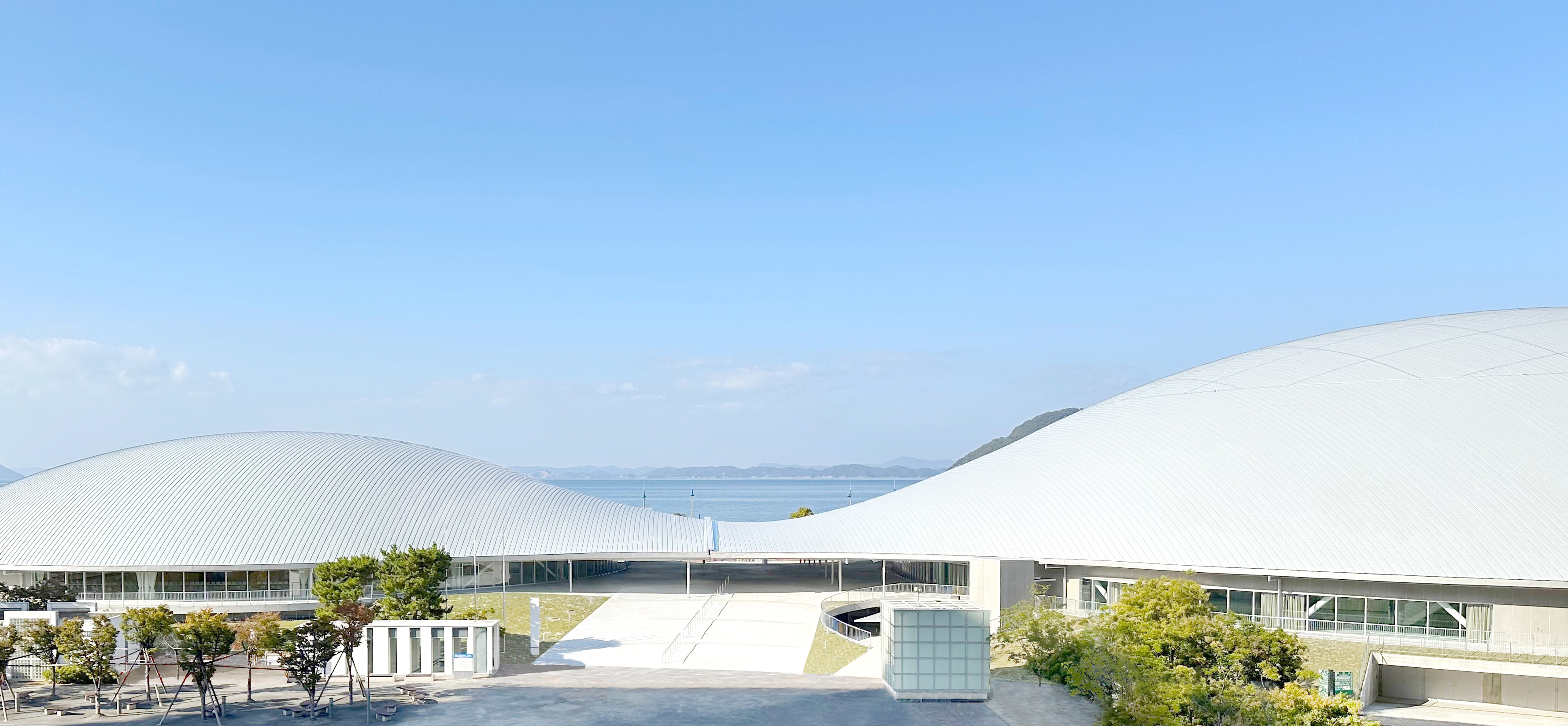
When SANAA's Kazuyo Sejima and Ryue Nishizawa were announced the winners of the RIBA Royal Gold Medal 2025 in February this year, the accolade felt a well-deserved fit. The Japanese duo have defined the architecture scene far beyond their home country since the turn of the century, and were acknowledged by the RIBA for their work in reshaping 'the global design landscape, creating spaces that bring simplicity, light and elegance to the fore'. We caught up with the pair in London, ahead of their Royal Gold Medal 2025 evening of celebration at RIBA's headquarters on Portland Place, today (1 May 2025).
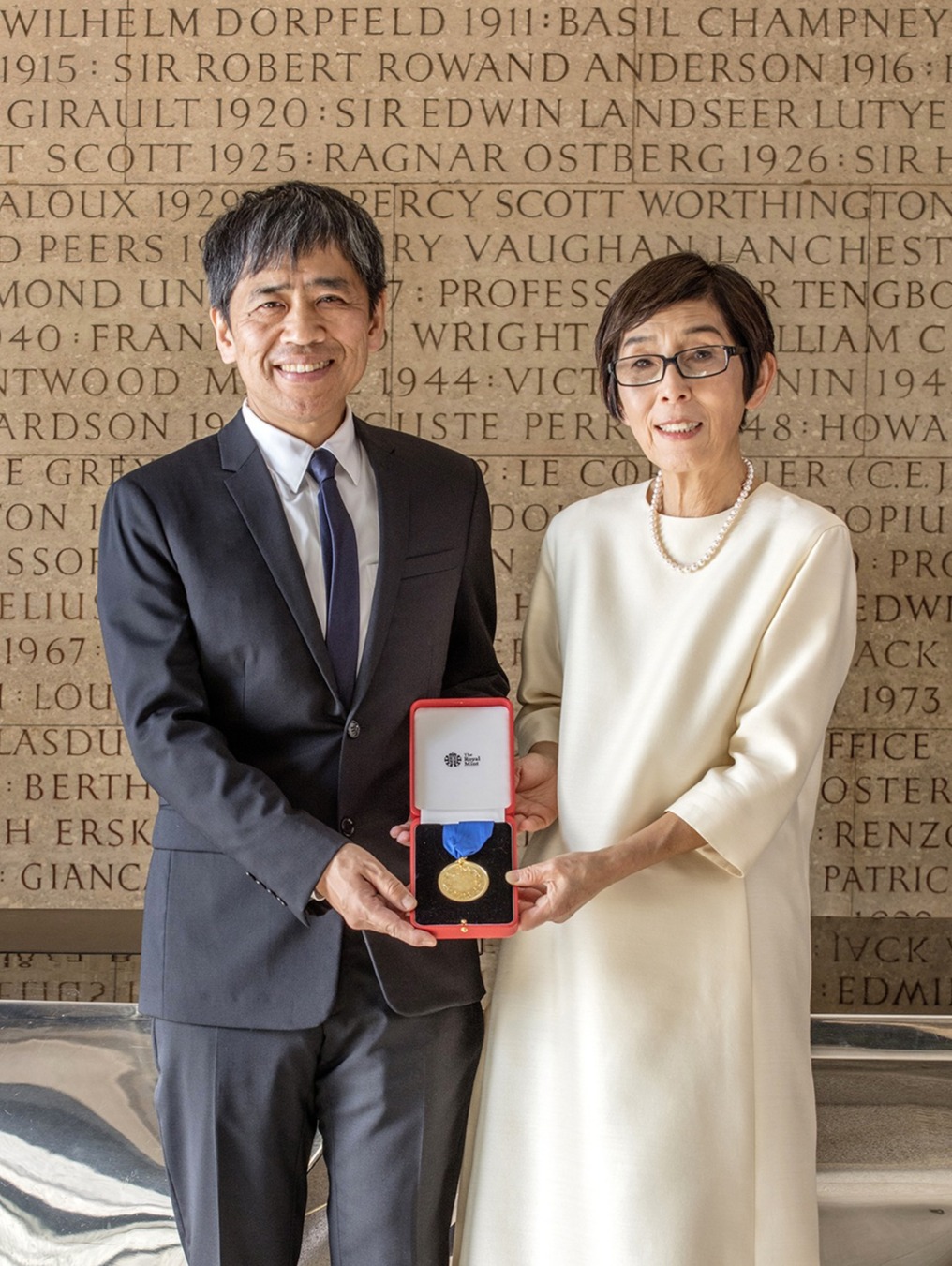
Kazuyo Sejima and Ryue Nishizawa
Kazuyo Sejima and Ryue Nishizawa: in their own words
When winning an award for excellence and overall achievement in a field, such as the RIBA Royal Gold Medal, one might expect to be prompted into reflection and introspection – around work, past, present and future. Yet, on seeing the physical confirmation of this award, the SANAA pair were struck instead by a sense of responsibility. Sejima says: 'We saw the RIBA wall, carved with the names of past winners, including Le Corbusier and Mies van der Rohe, and saw how our name is now carved there, sculpted in stone, and we felt so honoured. In Japan, it would be written somewhere, but the reality of this carving was so impressive. We are also feeling great responsibility.'
Architecture awards can be complex beasts, and judging them brings out sometimes more questions than answers, as 2024 RIBA Gold Medal winner Lesley Lokko highlighted in January, when reviewing the past year for us. For Sejima and Nishizawa, an award, in a similar way to architecture itself, brings together the physical and the conceptual space, and this duality deserves acknowledging. Sejima explains: ‘Architecture is about the physical space, and to have the media to celebrate this physical realm is very important. Of course, architecture also has another aspect to it, which is very abstract.’
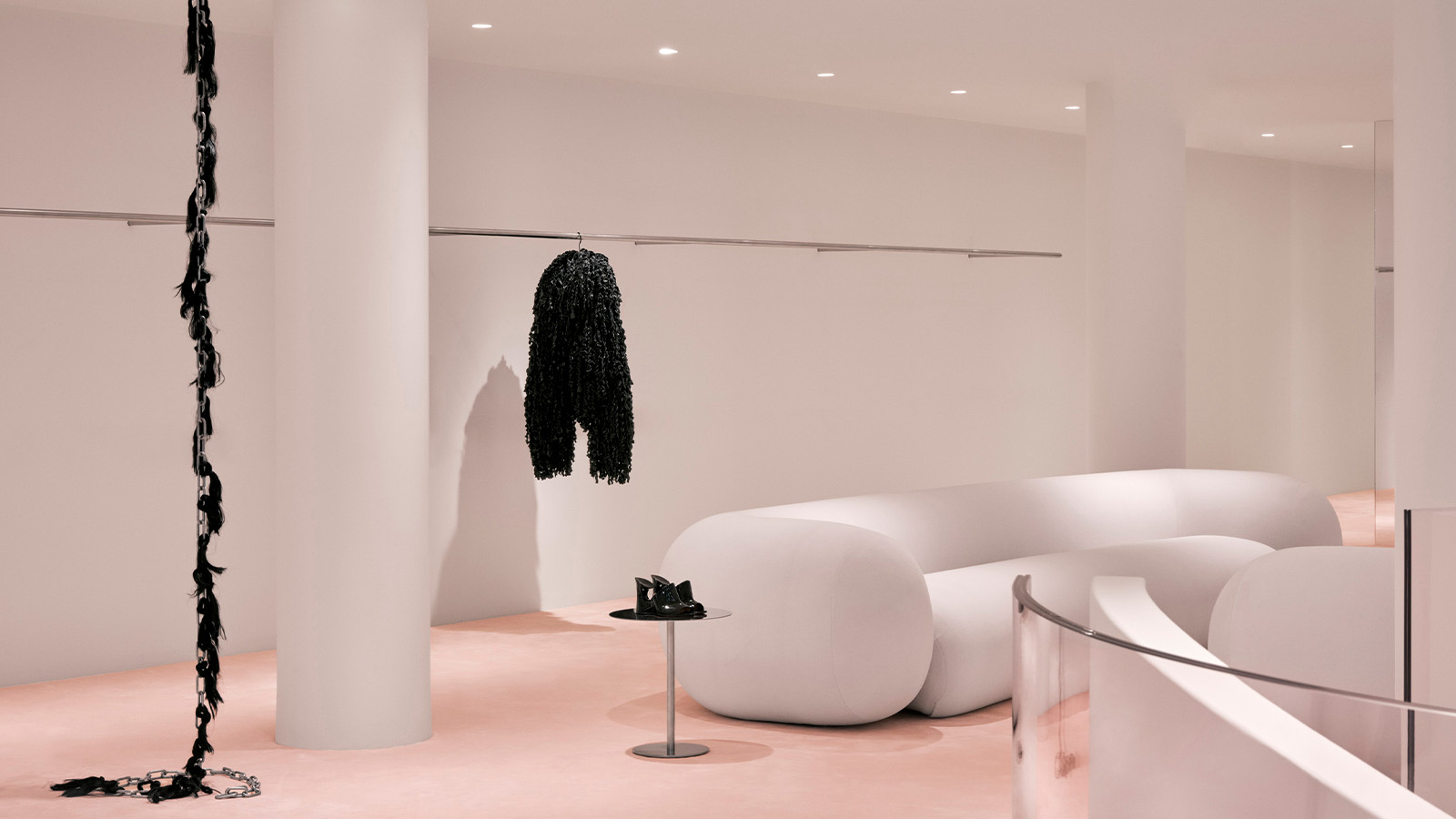
SANAA's Alaïa store in Paris
In a busy year that saw them launch several projects – from a pavilion at the Expo Osaka 2025, to an Alaïa store in Paris, the Edward and Joyce Linde Music Building at MIT, and New Kagawa Sports Arena in Japan – it was the last one that perhaps best represents where their mind is currently at. The scheme, in Kagawa prefecture, comprised three different smaller arenas and an expansive and complex programme – and being in '[renowned local architect Kenzo] Tange’s place', Kagawa, was equally important to the pair too. They were challenged to reach their design solution and are happy to have achieved a way for the building 'to communicate with its surroundings', in a way that brings harmony to the wider environment and the experience of architecture.
A post shared by 宮田 裕章 | Hiroaki MIYATA (@hiroakimiyata_)
A photo posted by on
It is this sense of connection, fluidity and continuity that stands out in SANAA’s often ethereal-looking work and, unsurprisingly, it is something the pair value tremendously too. Nishizawa explains: 'There are two kinds of architecture. There is one that divides and protects what is inside and what is outside. And then, there is the one that creates continuity between the landscape and the building.' In this context, SANAA stands firmly in the latter camp.
It feels like a take that might resonate with more people in their country. Sou Fujimoto has spoken about looking at the world, and architecture within it, as a forest, and it's an approach he took when masterminding the Osaka Expo 2025 site. Osaka and Tokyo (where SANAA is based) might be very different settings, but they both need more connection with green spaces, Nishizawa points out.
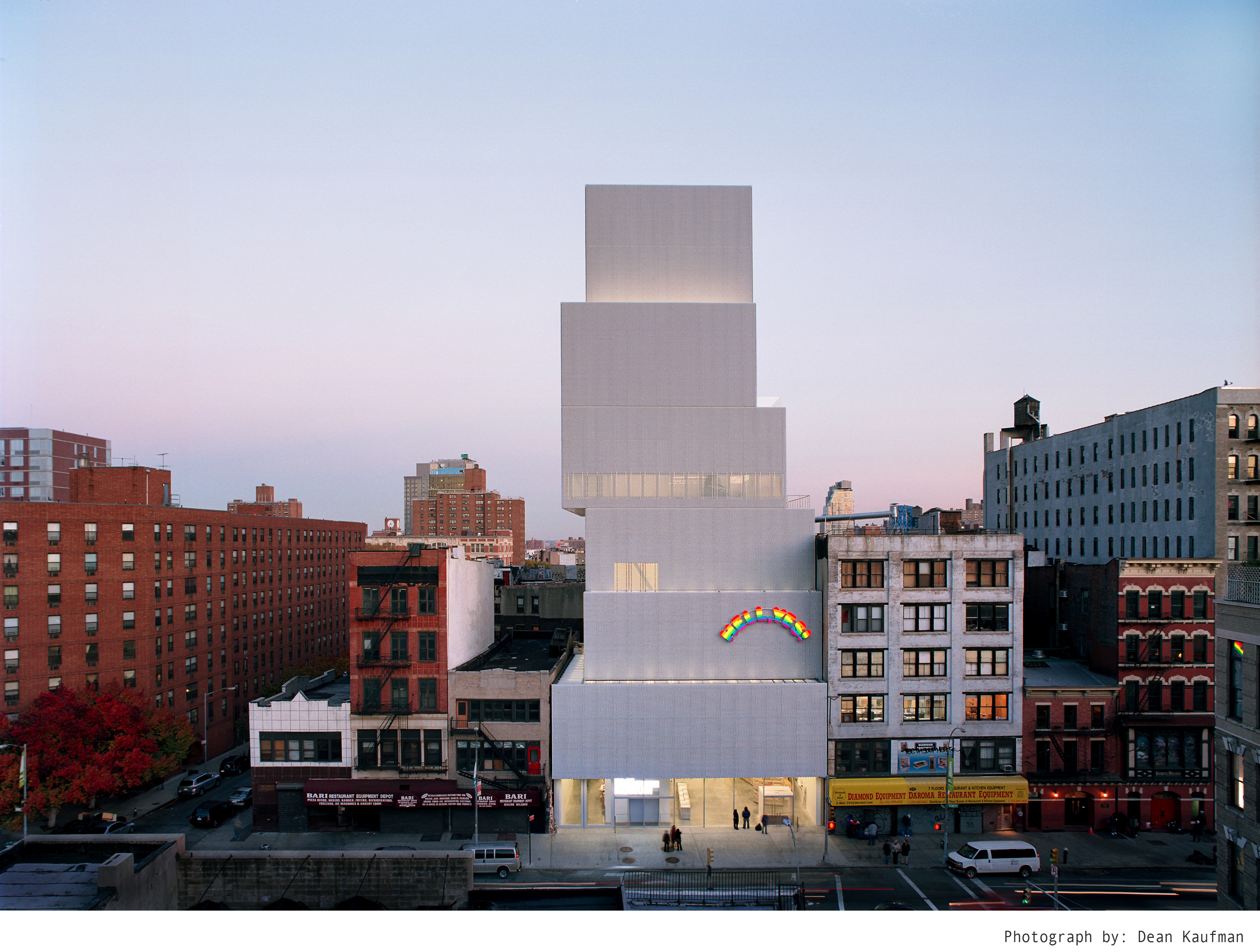
The New Museum in New York, one of the most famous SANAA works
The architects highlight that every piece of work they do, and every piece of feedback they receive, inspires them to reflect on their work – its development and values. The RIBA win becomes part of a wider journey in which they hope to evolve.
Receive our daily digest of inspiration, escapism and design stories from around the world direct to your inbox.
As for slowing down? 'The good thing about being an architect,' Nishizawa says, 'is that you never have to retire.' There's always more on the horizon for the pair, and the current to-do list includes a complex, multi-layered project in Taiwan, which combines a museum and a library ('They are both about learning,' Sejima highlights), and a new school on the island of Inujima.
The other great thing about being an architect is that you can always look forward, try new ideas and build – 'construct' – things, Sejima says. And her business partner agrees: 'Architecture can be very complicated. The start, especially, is always very nice, a great place of hope. Architecture is special as it can show you the future, and help move forward.'
Their talk tonight will touch on all this, and their work around hamorny and continuity – and indeed, hope.
Ellie Stathaki is the Architecture & Environment Director at Wallpaper*. She trained as an architect at the Aristotle University of Thessaloniki in Greece and studied architectural history at the Bartlett in London. Now an established journalist, she has been a member of the Wallpaper* team since 2006, visiting buildings across the globe and interviewing leading architects such as Tadao Ando and Rem Koolhaas. Ellie has also taken part in judging panels, moderated events, curated shows and contributed in books, such as The Contemporary House (Thames & Hudson, 2018), Glenn Sestig Architecture Diary (2020) and House London (2022).
-
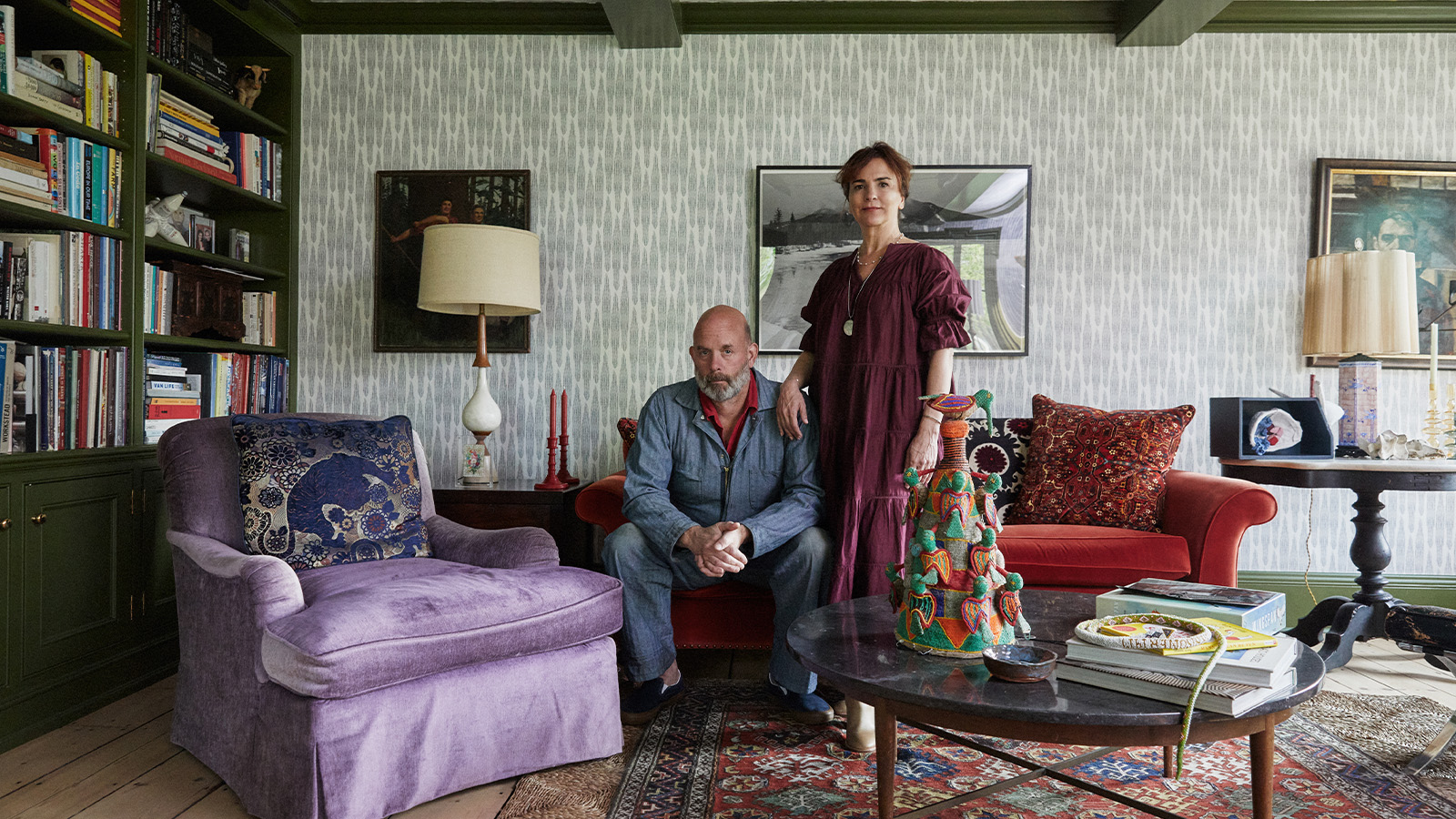 How We Host: Interior designer Heide Hendricks shows us how to throw the ultimate farmhouse fête
How We Host: Interior designer Heide Hendricks shows us how to throw the ultimate farmhouse fêteThe designer, one half of the American design firm Hendricks Churchill, delves into the art of entertaining – from pasta to playlists
-
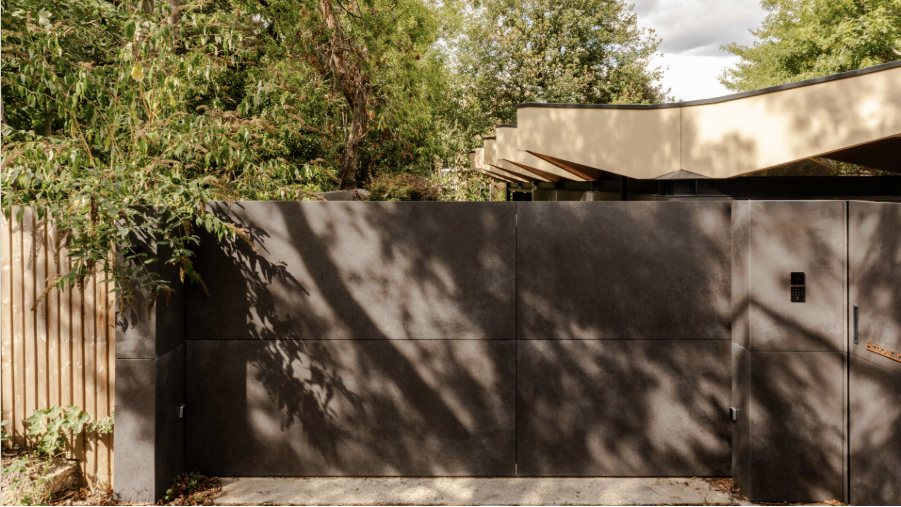 Arbour House is a north London home that lies low but punches high
Arbour House is a north London home that lies low but punches highArbour House by Andrei Saltykov is a low-lying Crouch End home with a striking roof structure that sets it apart
-
 25 of the best beauty launches of 2025, from transformative skincare to offbeat scents
25 of the best beauty launches of 2025, from transformative skincare to offbeat scentsWallpaper* beauty editor Mary Cleary selects her beauty highlights of the year, spanning skincare, fragrance, hair and body care, make-up and wellness
-
 RIBA House of the Year 2025 is a ‘rare mixture of sensitivity and boldness’
RIBA House of the Year 2025 is a ‘rare mixture of sensitivity and boldness’Topping the list of seven shortlisted homes, Izat Arundell’s Hebridean self-build – named Caochan na Creige – is announced as the RIBA House of the Year 2025
-
 A revived public space in Aberdeen is named Scotland’s building of the year
A revived public space in Aberdeen is named Scotland’s building of the yearAberdeen's Union Terrace Gardens by Stallan-Brand Architecture + Design and LDA Design wins the 2025 Andrew Doolan Best Building in Scotland Award
-
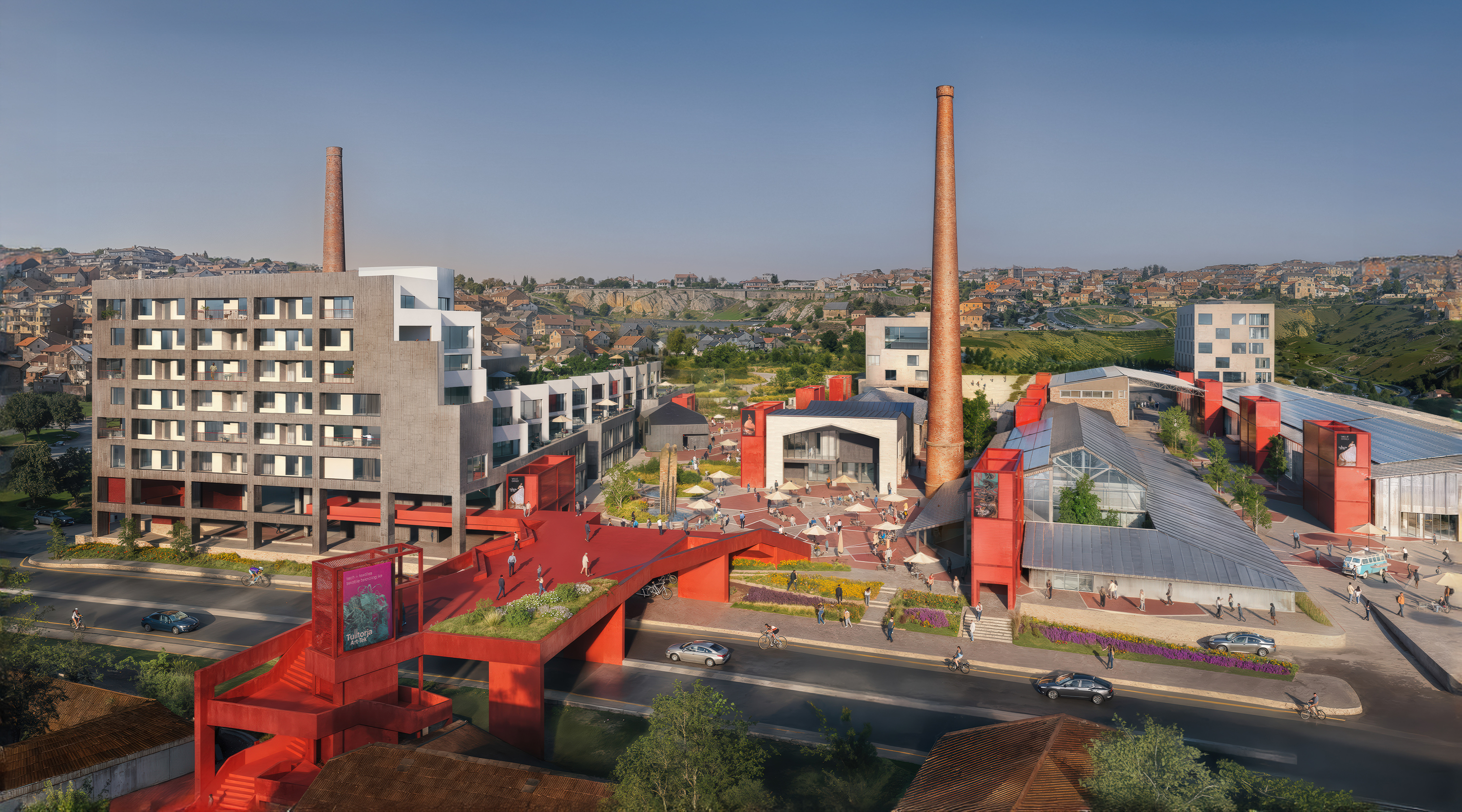 At the Holcim Foundation Forum and its Grand Prizes, sustainability is both urgent and hopeful
At the Holcim Foundation Forum and its Grand Prizes, sustainability is both urgent and hopefulThe Holcim Foundation Forum just took place in Venice, culminating in the announcement of the organisation's Grand Prizes, the projects especially honoured among 20 previously announced winning designs
-
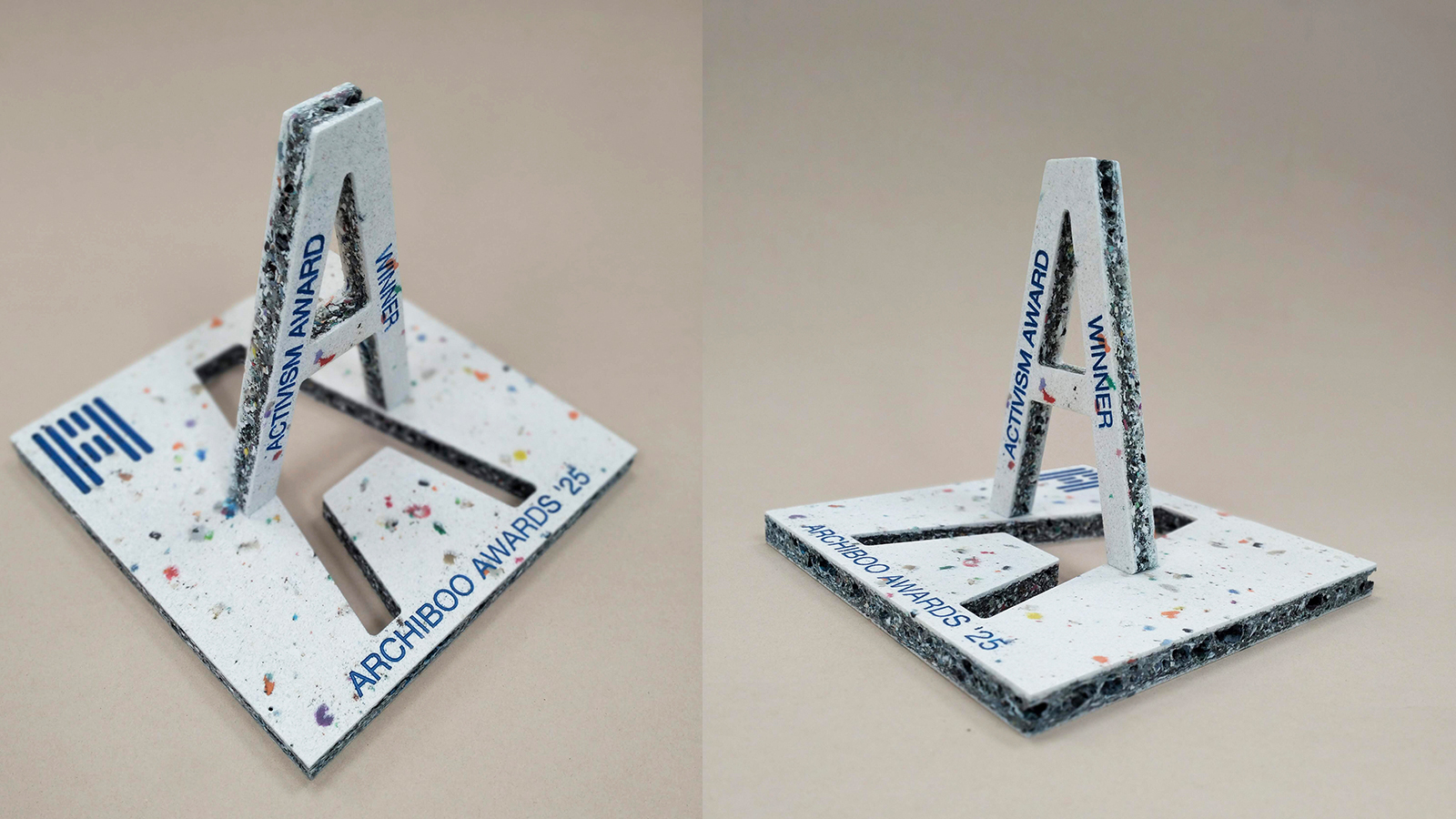 Archiboo Awards 2025 revealed, including prizes for architecture activism and use of AI
Archiboo Awards 2025 revealed, including prizes for architecture activism and use of AIArchiboo Awards 2025 are announced, highlighting Narrative Practice as winners of the Activism in architecture category this year, among several other accolades
-
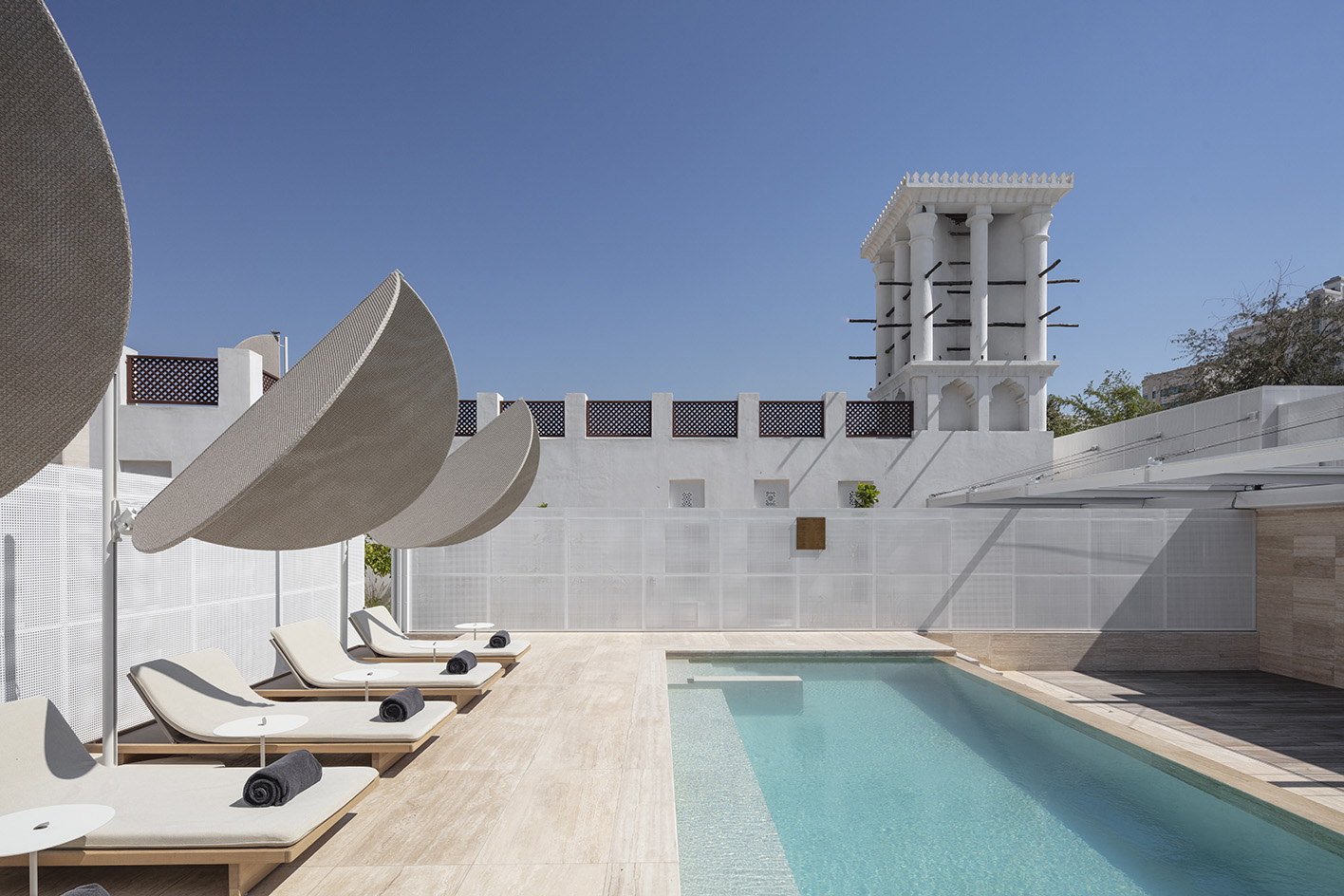 RIBA launches new awards – and for the first winners, we look to the Middle East
RIBA launches new awards – and for the first winners, we look to the Middle EastThe RIBA Middle East Award winners are announced today. The first of the organisation's two new territory awards series honours a women-only mosque, a luxury hotel, a city park and more
-
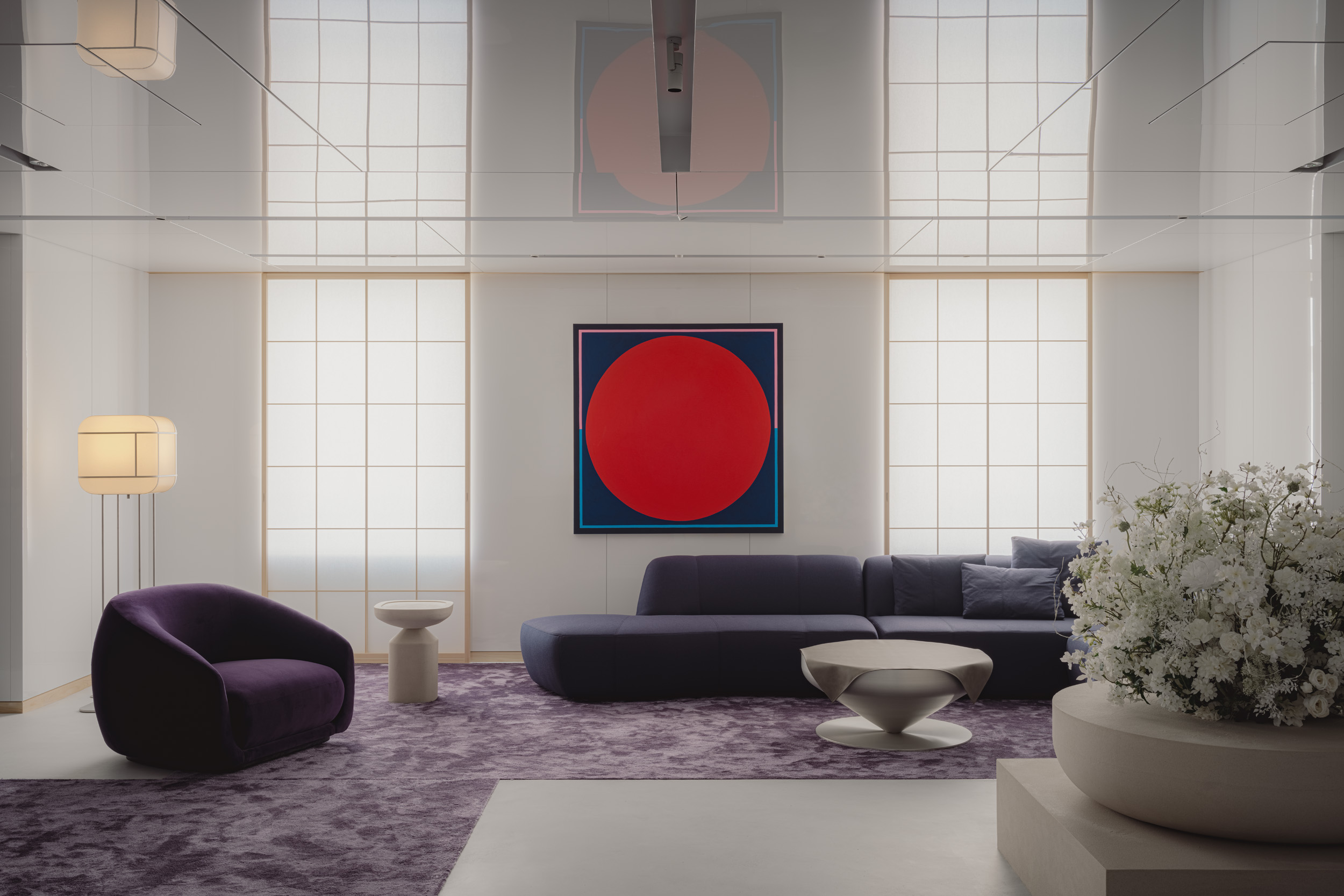 Matsuya Ginza lounge is a glossy haven at Tokyo’s century-old department store
Matsuya Ginza lounge is a glossy haven at Tokyo’s century-old department storeA new VIP lounge inside Tokyo’s Matsuya Ginza department store, designed by I-IN, balances modernity and elegance
-
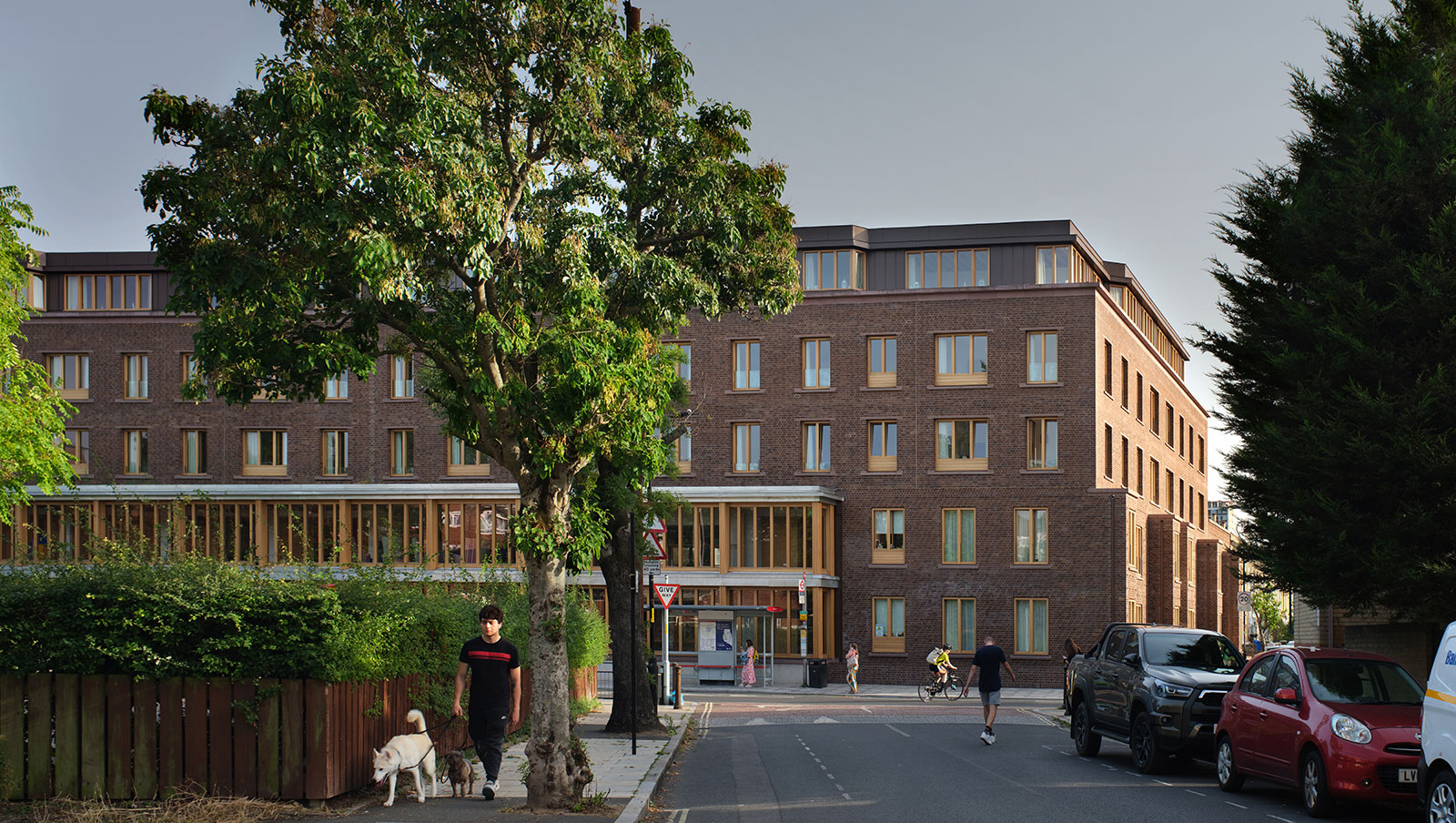 RIBA Stirling Prize 2025 winner is ‘a radical reimagining of later living’
RIBA Stirling Prize 2025 winner is ‘a radical reimagining of later living’Appleby Blue Almshouse wins the RIBA Stirling Prize 2025, crowning the social housing complex for over-65s by Witherford Watson Mann Architects, the best building of the year
-
 The Architecture Edit: Wallpaper’s houses of the month
The Architecture Edit: Wallpaper’s houses of the monthThis September, Wallpaper highlighted a striking mix of architecture – from iconic modernist homes newly up for sale to the dramatic transformation of a crumbling Scottish cottage. These are the projects that caught our eye